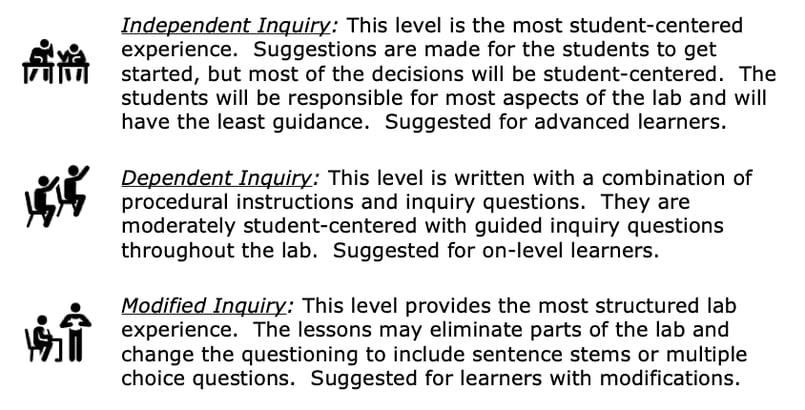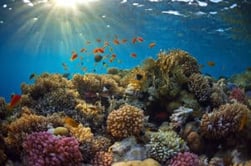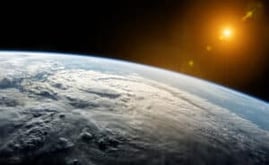Life Cycle of a Star Inquiry Lab
Middle School Inquiry Lab on the Life Cycle of a Star
In this lab students will model the life cycle of a star, comparing and contrasting the lives of low and high mass stars.
Each inquiry lab will contain an essential question that will drive the lesson and make students think. For this lesson, the essential question is:
- What is the life cycle of a star, and how is it affected by mass?
BACKGROUND INFORMATION AND MATERIALS LIST:
Students will begin the lab by reading the essential question and background information. This can be done individually, as lab groups, or as a whole class. If you consider lab groups, you also might include some type of whole class formative checks before digging into the lab.

Materials List:
- poster board
- scissors
- markers
- tissue paper
- balloons
- beads
- clay
- paint
PROCEDURE:
This lab is divided into two parts. In the first part, students will plan their designs for turning the life span of a star into 3-D objects. In the next part, students will build their models and tape them to their poster boards. You may want to have all the materials set out ahead of time, to give the students as much building time as possible.
CHECK FOR UNDERSTANDING:
At this point in the lab, students will be checked for understanding by answering questions about their findings. Here are a few that come with the lab:
- Why do we call this process a “life cycle” even though stars are not alive?
- Why do you think the black dwarf phase is included if it doesn’t qualify as a star?
- What is the main difference between a red giant and a red supergiant?
- How does a human life cycle compare to the “life cycle” of a star? How are they alike and different?
CONCLUSION
Students will go back to the essential question and write a CER (Claim, Evidence, Reasoning) to conclude the lab. Once completed, students will reflect back on their learning by answering the following questions:
- How does the mass of a star impact its life cycle?
- What other (non-human) life cycle examples can you come up with to compare to a star?
MODIFIED AND INDEPENDENT INQUIRY VERSIONS
All of the Kesler Science inquiry labs come with three different modification levels. Each lab is differentiated using the icons below.
Download Over $100 in FREE Resources
For Middle School Science
Simply create a login below and gain immediate access to a selection of our Kesler Science product line worth $100 - for FREE. There's a full version of every product type! You'll also join tens of thousands of middle school science teachers who receive timely tips and strategies straight to their inbox.





